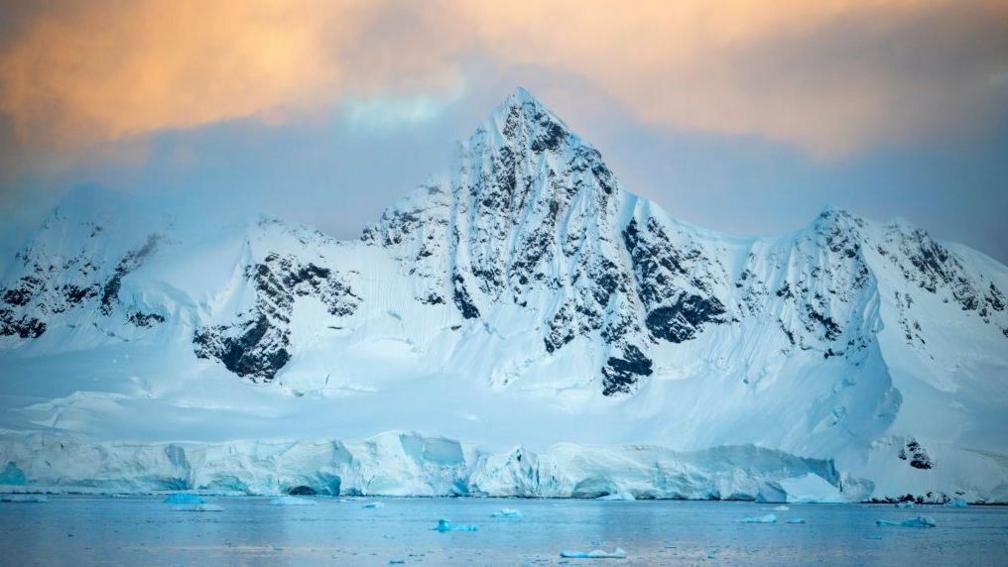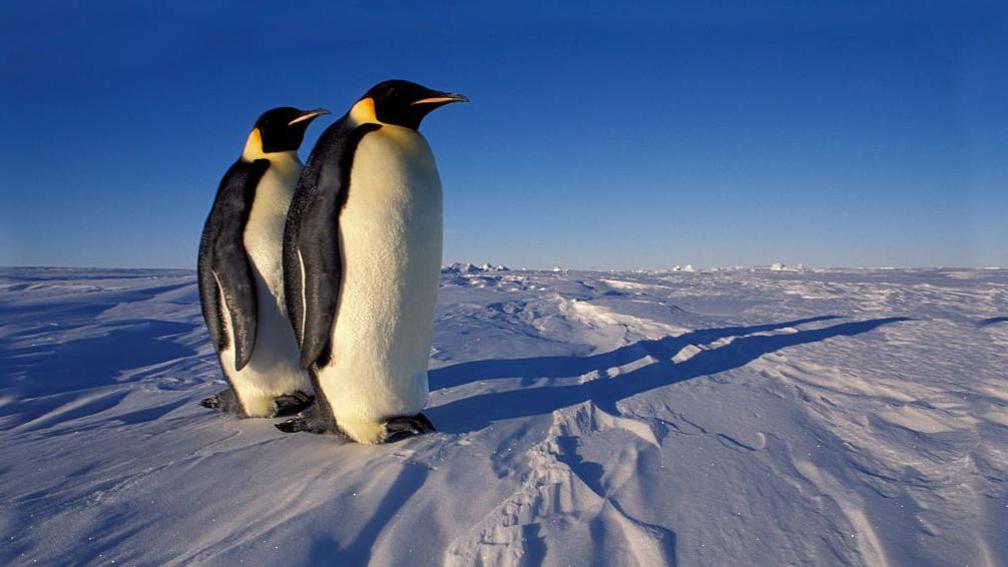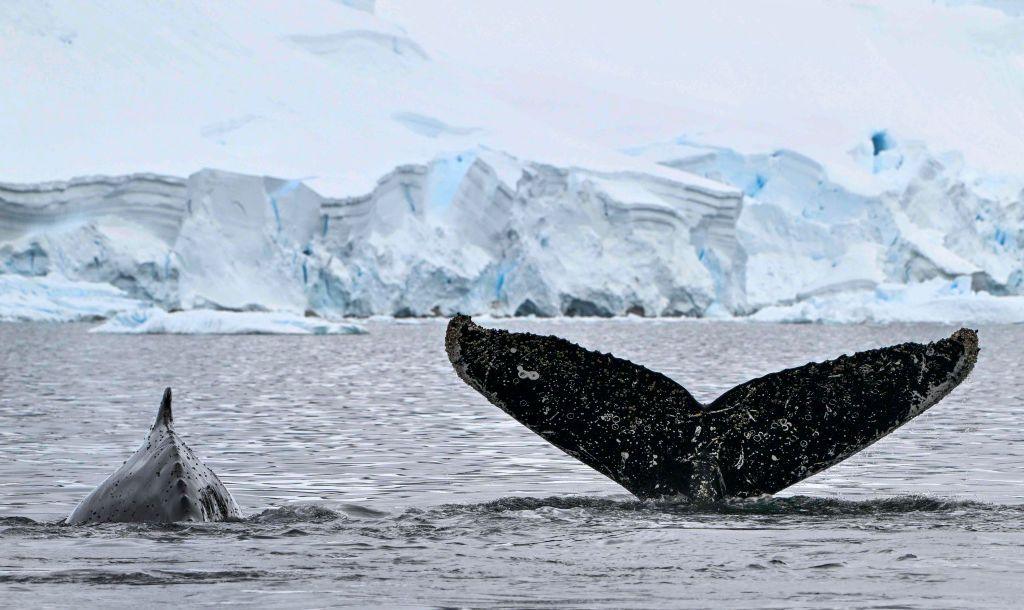How Antarctica hides huge mountains under the ice

There are some mountains above ground level, like the Transantarctic Mountains here, but it's deep under the ice where the real drama is...
- Published
When you think of Antarctica, you probably picture flat, cold and desolate landscapes, perhaps with the odd penguin here and there.
But did you know there are actually rugged and rocky mountain ranges, valleys and hills not only above ground but also hidden ones - buried deep below the surface of the icy continent?
The ancient Gamburtsev Subglacial Mountains in the middle of East Antarctica were discovered below the ice sheet back in 1958, and they're a similar scale and shape to the European Alps.
A group of explorers discovered them by using sound waves to study the Earth's surfaces.
Now new research has shone a light on how this huge underground mountain range may have come to exist.
More like this
- Published18 July 2018
- Published6 February 2023
- Attribution

It's not all penguins and snow, ya know....
Usually mountain ranges, like the Himalayas and the Andes, rise up due to movement of two tectonic plates in the Earth's crust clashing together.
But there are no such plates in the Antarctic, leaving geologists scratching their heads as to how the Gamburtsev Mountains came to exist.
However, the new study, published in Earth and Planetary Science Letters, suggests the hidden mountain chain appeared more than 500 million years ago when the ancient supercontinent Gondwana, which was made up of what is now Africa, South America, Australia, India and Antarctica, was formed.

Many of the ocean's most famous creatures can be seen in the waters around the Antarctic
Usually, as with the European Alps and other mountain ranges, the geography changes because they become worn down by erosion or re reshaped by later events.
But because they have been 'hidden' by a deep layer of ice, the Gamburtsev Subglacial Mountains are one of the best-preserved ancient mountain belts on Earth.
